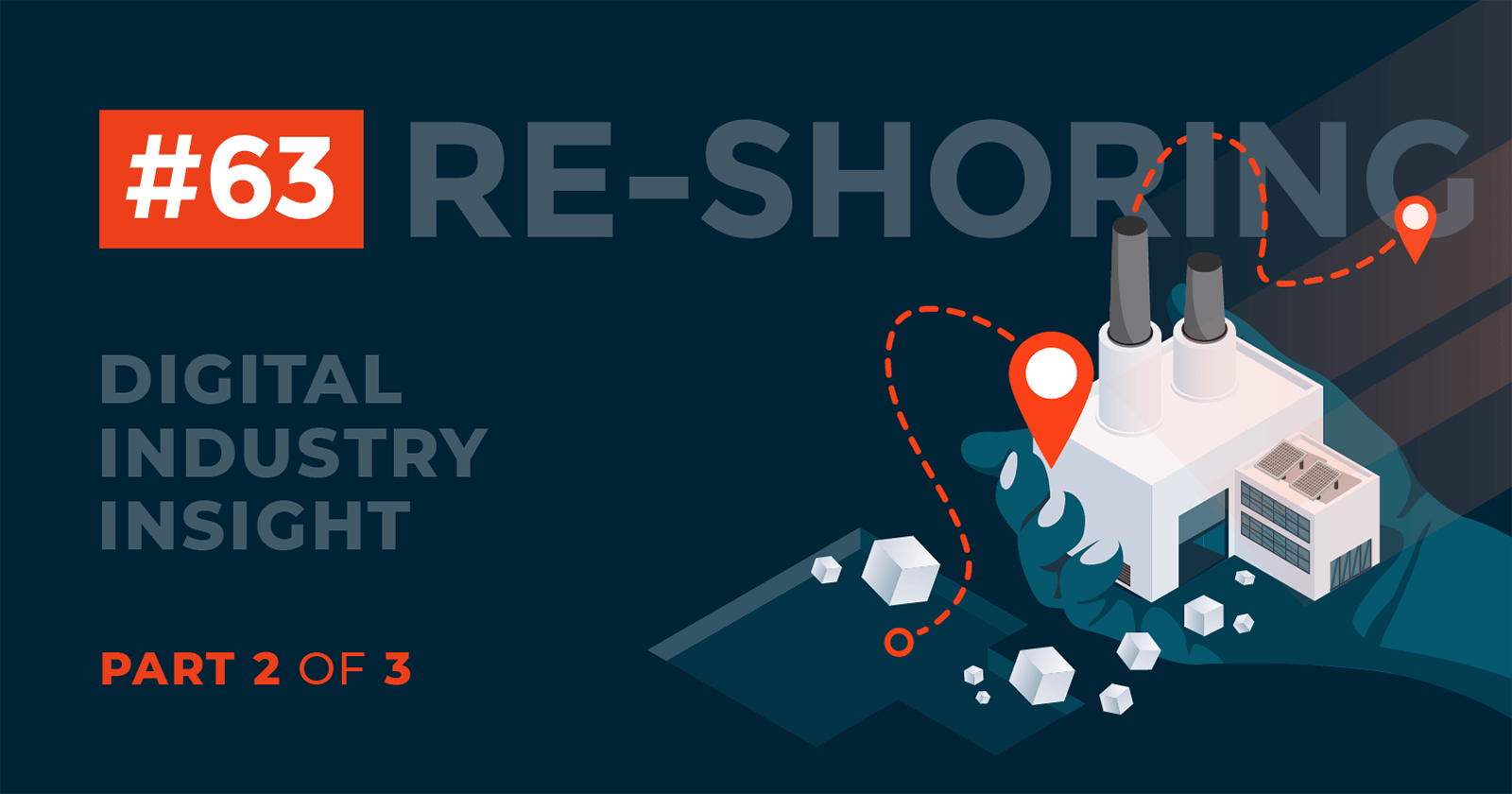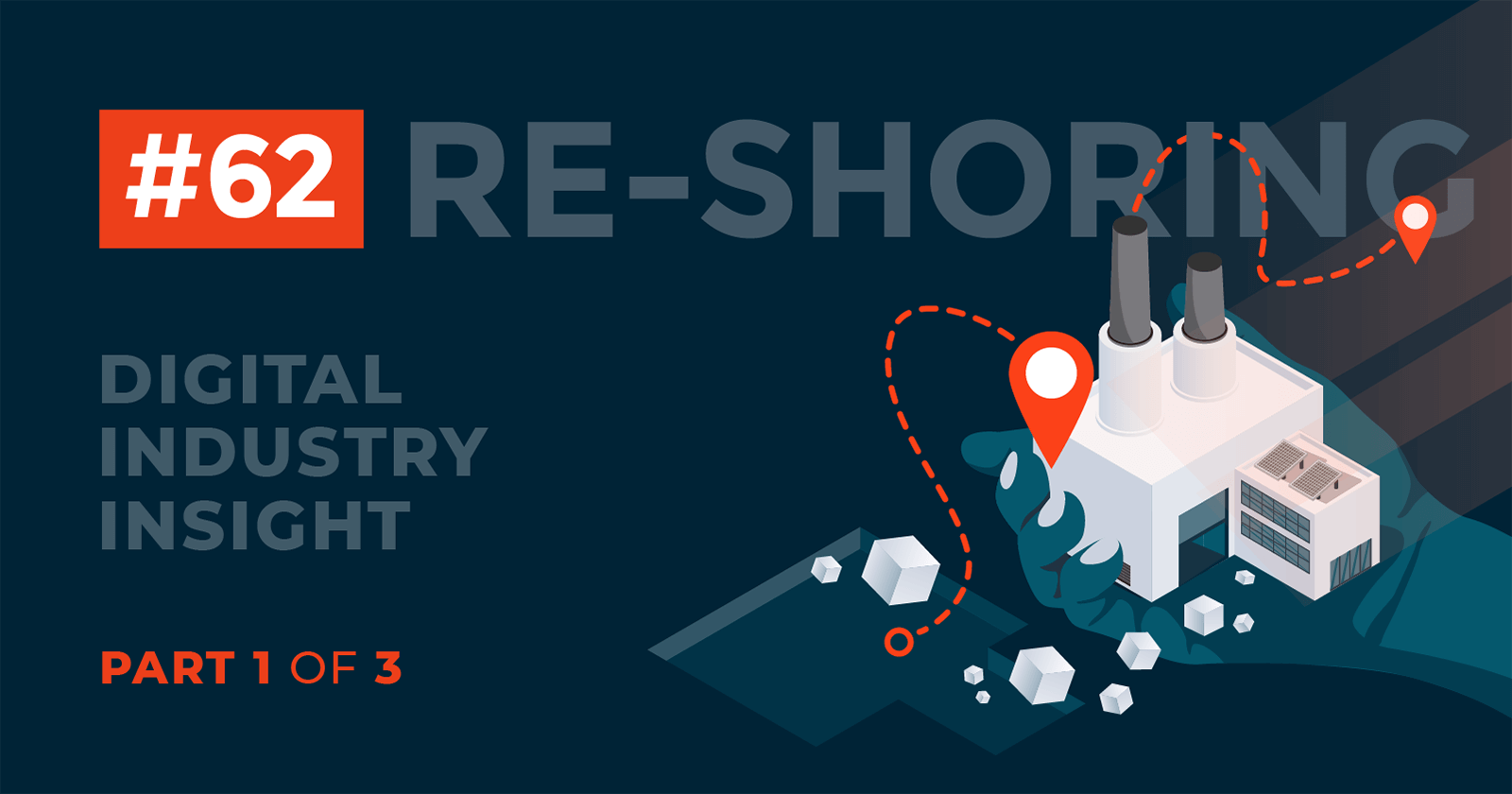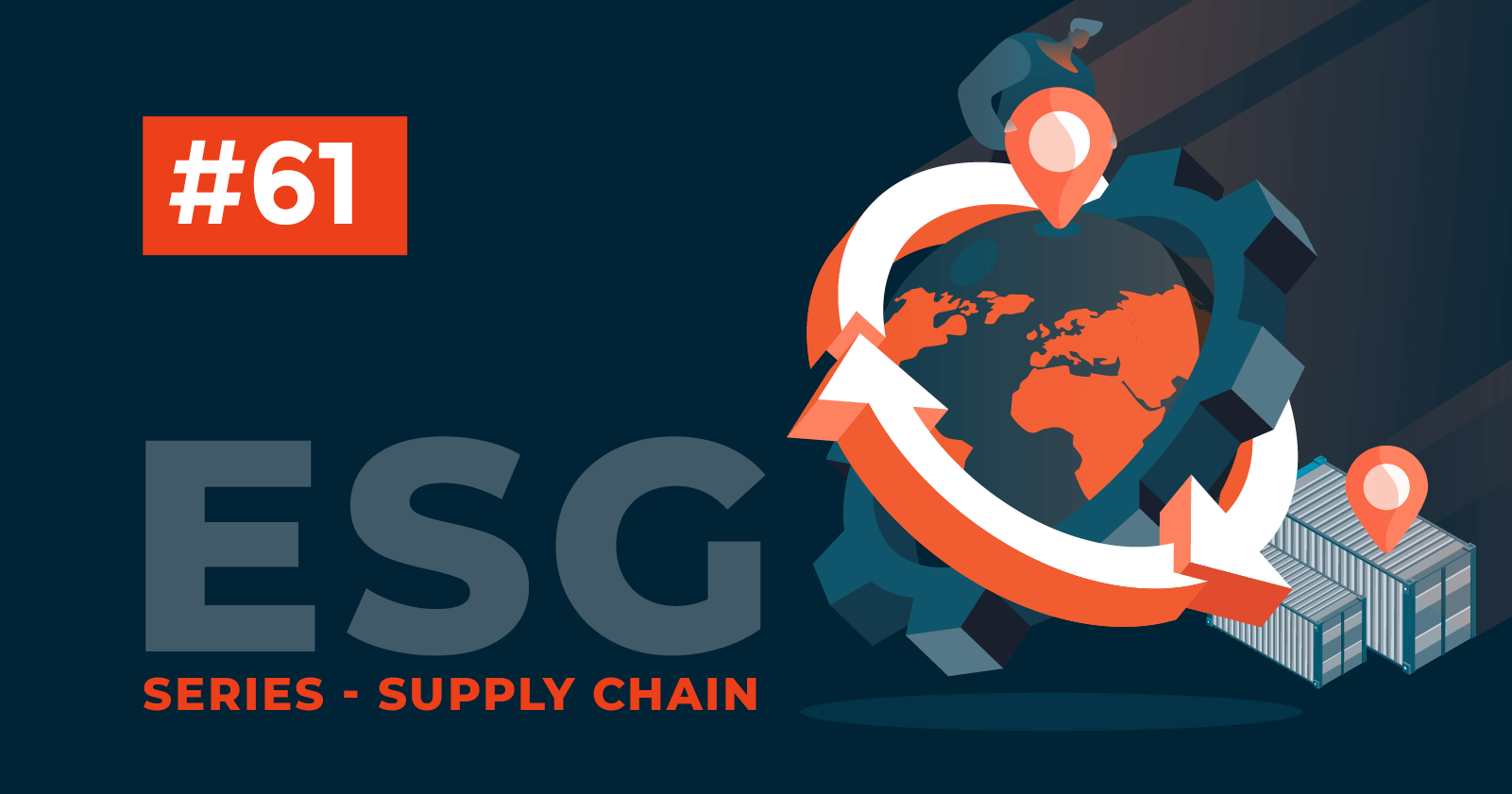Value Vector
The Power of 'Unpowered' Connected Assets
Ed Maguire

In April 2017, Berg Insights ranked connected pallets as the most promising greenfield application enabled by the new wave of cellular and non-cellular LPWA technologies. Momenta Partners agrees, but like so many things in IoT, this use-case is not new or novel.
It's also the tip of iceburg to the larger opportunity we'd call Connected Unpowered Mobile Assets.
Having led the deployment of arguably the world’s first connected pallet 6 years ago I have seen the early technology challenges with battery life and industry regulation, seamless indoor and outdoor connectivity, and high technology costs - all dissipate with technology advancement in batteries, energy harvesting, connectivity and continuous cost reductions.
Despite this technology innovation and greenfield potential, what remains the same today as it was in 2011 is that the success of capturing the value in Connected Unpowered Mobile Assets cannot be achieved without horizontal ecosystem innovation.
Why?
- IoT in an ecosystem, no one player will have complete solutions and partnering is a critical skill.
- IoT requires a product and service mind-set, where every product will be on a path towards a service, whether these is the Connected Unpowered Mobile Asset itself, its contents, or what it is in or on (products, trailer, warehouses) the business model needs to adapt.
- IoT disrupts physical relationships – which is good news as it has the potential to solve the challenges in collaborating more broadly across Supply Chain.
The largest IoT opportunities are horizontal especially when considering a Connected Unpowered Mobile Asset that moves across vast Supply Chains. Traditionally, the cost and value of IoT implementations are not evenly distributed, with cost impact typically upstream in the chain, yet the value is being realized downstream.

Disrupting traditional innovation silos with horizontal ecosystem innovation will see cost and value evenly spread and the collaboration of the companies in the ecosystem having a powerful impact on the realization of the opportunity.
What are the opportunity use cases for Connected Unpowered Mobile Assets?
To capture the ‘greenfield’ opportunity with Connected Unpowered Mobile Assets, you need to consider how to innovate your value chain and focus on leveraging three key use cases:
1. Unprecedented transparency, with sensors giving location, environmental conditions, movement, loads on board and more, combined with other technologies like Augmented Reality, the use cases can be endless:
- Reduce asset loss, by not just knowing where assets are, but by learning about the behaviors of the Supply Chain.
- Damage insight, understand where, when and how products are being damaged.
- Regulate temperature across the Cold Chain.
- Optimized Demand Management, continuous replenishment for a demand driven economy.
- Gain user insight. Embedded sensors provide visibility into customer behavior and product handling information, learn about reuse, sub-optimal handling behaviors.
- Operational Efficiencies: e.g Create fleet efficiencies. Reduce dead miles , Optimize fleet routes by monitoring traffic conditions, driver safety, Vehicle to Vehicle, and Vehicle to Infrastructure.
2. Physical Disruption, block-chain technology provides an immutable record of assets across Supply Chain resolving what has been considered a blocker of Supply Chain Collaboration. Every time a product or asset moves through the supply chain, the transaction will be permanently digitally documented which will see reductions in time delays, improved accuracy, and undisputed security trail.
Some uses cases (source :Load Delivered:)
- Recording the quantity and transfer of assets—like pallets, trailers, containers, etc.—as they move between supply chain nodes
- Tracking purchase orders, change orders, receipts, shipment notifications, or other trade-related documents
- Assigning or verifying certifications or certain properties of physical products; for example, determining if a food product is organic or fair trade
- Linking physical goods to serial numbers, bar codes, digital tags like RFID, etc.
- Sharing information about manufacturing process, assembly, delivery, and maintenance of products with suppliers and vendors
- Analysis taking raw data and analyzing into meaningful and actionable data – managing inventory, logistics, forecasting, customer services.
- Autonomous and robotic warehouses, and vehicles.
So, where do you start?
- Take control and be a leader across your ecosystem; bring together your value chain to rapidly build capabilities and exploit horizontal opportunities.
- Innovate the monetization opportunities across your value chain, and your partner’s values chains – think more broadly than just ‘tracking’.
- Consider all strategic alternatives (invest/buy/build/borrow decisions) relative to quickly building up a portfolio of interesting and meaningful technology disruption – it’s not one size fits all!
Why now for Transportation & Supply Chain?
According to MHI‘s 2017 MHI Annual Industry Report, Next-Generation Supply Chains: Digital, On-Demand and Always-On, 80 percent surveyed think digital supply chains will overtake the traditional model within the next five years.
The simple fact is, IoT by its very nature, will force linear Supply Chains into connected digital value chains. Companies who embrace the opportunity for horizontal ecosystem innovation across their value chain will benefit the most, both with competitive edge as early adopters, but through the power of the ecosystem pooling investment, expertise, channels and opportunity towards shared value.
Momenta Partners can help you make it happen
Momenta Partners is uniquely positioned to power ecosystem innovation for the Connected Unpowered Mobile Asset. We are Connected Industry Catalysts with Advisory, Investment and Search practices. Our team brings over 200 years of Connected Industry, startup, and investment expertise and since 2012, we have developed a broad and deep ecosystem of Connected Industry companies from Fortune 500’s to Venture-backed disruptors.
If you are interested to discuss or simply learn more about how to get started or optimize your Supply Chains into connected digital value chains - please get in touch with Lauren Salisbury, Principal Partner, Momenta Advisory Practice.



